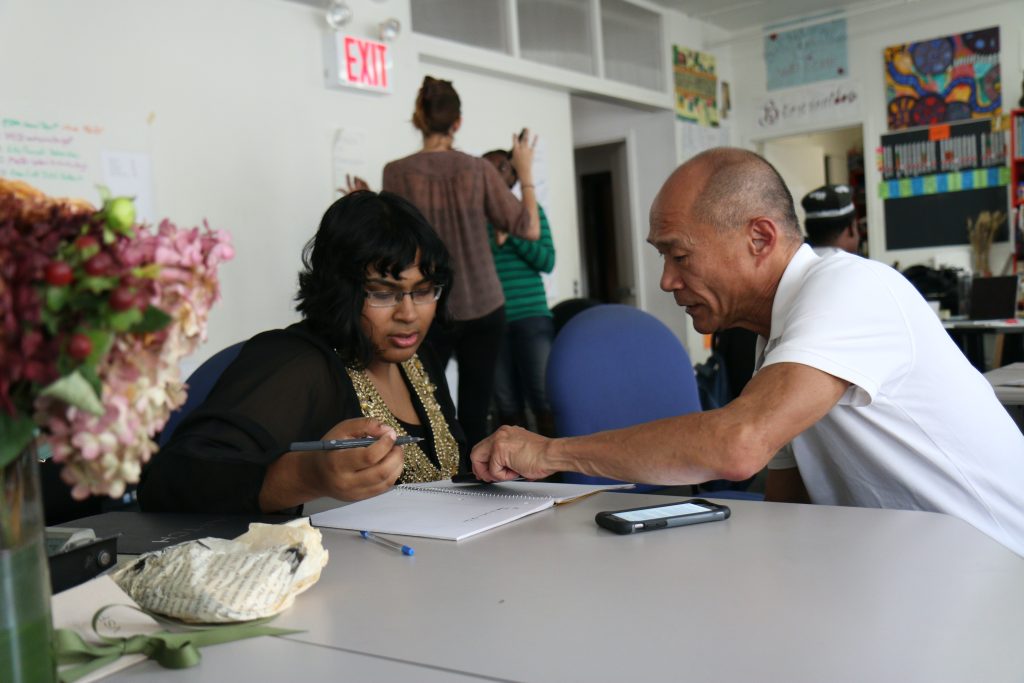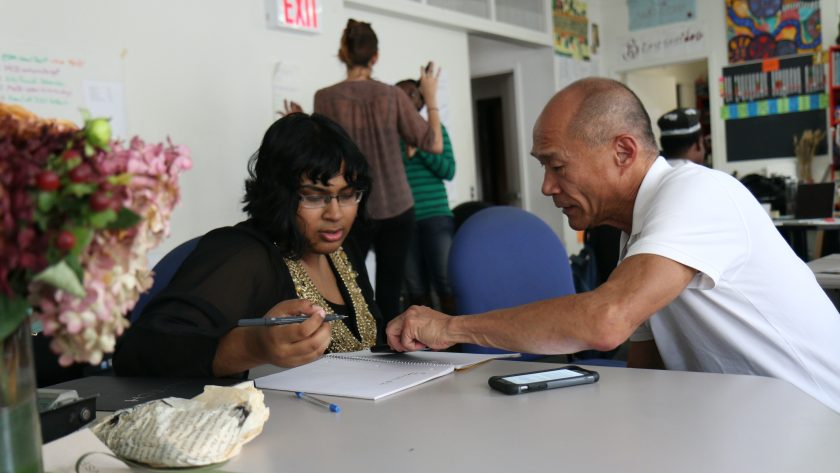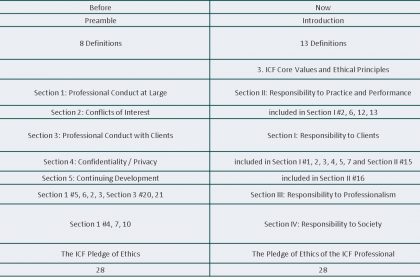
To help you determine the optimal follow-up cadence with prospective clients, we’ve gathered insights from 17 industry professionals, including founders, CEOs, and marketing experts. From testing and adjusting follow-up frequency” to utilizing the 3x3x3 rule, these experts share their tried-and-true strategies for maintaining communication and nurturing leads.
● Test and Adjust Follow-Up Frequency
● Try Five Messages Over Six Weeks
● Balance Persistence and Respect
● Go for One Week, Then Every 3-4 Weeks
● Do an Initial 48-Hour Follow-Up, Then Weekly
● Adapt to Client Engagement and Sales
● Focus on Milestone Follow-Ups After Events
● Practice a 72-Hour Follow-Up Strategy
● Combine Limited Follow-Ups and Nurture Sequences
● Take a Quarterly B2B Follow-Up Approach
● Prioritize a Decision Point Follow-Up Timing
● Keep up Persistent Follow-Ups
● Maintain a Weekly Check-In Balance
● Adopt a Three-Time Follow-Up Cadence
● Consider the Formula for 1 Week, 14 Days, 3-4 Months
● Avoid Follow-Ups to Attract Serious Clients
● Utilize the 3x3x3 Rule for Success
Test and Adjust Follow-Up Frequency
Ensuring that your prospective clients always remember you and stay in touch is essential. However, many people are often seen searching for an optimal follow-up schedule. There isn’t an optimal schedule, but what has worked well for me is testing which frequency suits the type of audience you have.
I’ve been getting better conversions and client retention numbers when reaching out within a range of 3-4 days or, in some cases, just a week! Being too tight or too loose while following up might easily irritate the client. It totally depends on what industry you’re targeting and how responsive and varied your target pool is!
Besides, I’ve been using various tools and metrics as well to figure out the perfect frequency for follow-ups. Google trends and metrics in support are quite efficient. This ensures your schedules don’t miss out on special events, like Black Friday sales or any other occasion!
Johannes Larsson, Founder and CEO, Financer.com
Try Five Messages Over Six Weeks
We’ve had success sending five follow-up messages over a range of six weeks. This allows for enough time to pass for the client to make a decision and takes into account the fact that they’re likely quite busy and there will be many other things vying for their attention. This can extend the time it takes for them to decide, so that’s why we continue following up for six weeks.
We start by sending the first follow-up message immediately after the conversation so that we can recap what we covered and provide them with all the necessary information they need to take the next steps. We send the second message three days later asking if they have any questions. Then messages three and four get sent one week apart, and the final two messages are sent two weeks apart.
Cynthia Davies, Founder, Cindy’s New Mexico LLC
Balance Persistence and Respect
When it comes to following up with a prospective client, I recommend striking a balance between being persistent and respectful of their time. A follow-up cadence of every 3 to 5 business days is generally a good starting point. This frequency allows you to stay on their radar without overwhelming them or appearing pushy.
Consistent follow-up demonstrates your dedication and commitment to their needs. It shows that you value their business and are genuinely interested in helping them find the right solution. Additionally, each follow-up provides an opportunity to address any concerns, answer questions, or provide additional information that may have arisen since your last interaction.
Personally, I have found this follow-up cadence to be effective in nurturing relationships with prospective clients. It has allowed me to maintain engagement and keep the conversation alive, even if they weren’t ready to move forward immediately.
Jason Vaught, Director of Content, SmashBrand
Go for One Week, Then Every 3-4 Weeks
I usually suggest following up with a potential client one week after the initial contact, and thereafter, depending on their response, every 3-4 weeks.
This timeline allows prospects to process the information and prevents overwhelming them with frequent follow-ups. My experience shows that this respectful approach fosters trust, leaves a positive impression, and often results in a more engaged, willing-to-convert prospect.
Span Chen, Growth Director, Notta
Do an Initial 48-Hour Follow-Up, Then Weekly
In the B2B realm, the follow-up game is all about timing and consistency. I’ve found that an initial follow-up within 48 hours of the first meeting really sets the right tone. It shows potential clients that we’re invested in their needs.
After that, touching base once a week for the next three weeks seems to strike the perfect balance. It’s frequent enough to maintain interest but also allows room for their decision-making process. Make sure to add value in each interaction with insights relevant to their industry.
This strategy has consistently delivered results, striking a sweet spot between persistence and respect. However, always remember to adapt based on each client’s unique responses and needs. Effective networking is about being flexible and understanding.
Kevin Hall, Marketing Operations, Webserv
Adapt to Client Engagement and Sales
In our company, we have found success in initially following up with prospective clients about once a week. This cadence allows us to demonstrate our dedication to meeting their needs while respecting their time.
However, we adjust our approach based on individual client engagement and the sales cycle length. We might follow up several times a week for highly engaged prospects or shorter sales cycles. Conversely, we may reduce the frequency to once every two weeks or even once a month for longer sales cycles or less engaged prospects.
Ultimately, our aim with each follow-up is not just to touch base, but to provide value. Whether we’re offering insights, sharing relevant content, or proposing solutions to their challenges, each interaction is focused on creating a meaningful and beneficial connection with the client.
Michael Sena, Founder and CEO, SENACEA
Focus on Milestone Follow-Ups After Events
After a major event, such as a product launch or industry conference, it is advisable to contact your prospective client. Acknowledge their possible interest in the event and share any pertinent insights or connections you made during it.
This form of follow-up, in my opinion, demonstrates your proactive approach and keeps you engaged with the client’s specific needs. Based on my past interactions, milestone follow-ups have been well-received and have frequently led to additional conversations or opportunities.
Timothy Allen, Sr. Corporate Investigator, Corporate Investigation Consulting
Practice a 72-Hour Follow-Up Strategy
As the owner of a digital marketing agency specializing in business growth through email marketing, I recommend following up with prospective clients every 72 hours. This timeframe respects their space and ensures you’re not overwhelming them while keeping your brand fresh in their minds.
Over the years, this approach has proven to be highly effective for us. One notable instance was with a healthcare company we pitched to; by following up every 72 hours, we were able to increase their interest and finally secure a contract worth $120,000 over 12 months.
Not only did they appreciate our persistence, but they also valued the relevant, engaging content we provided in our communications.
Josh “Snow” Elizetxe, Founder, Customer Feedback
Combine Limited Follow-Ups and Nurture Sequences
In my experience, I recommend following up with a prospective client no more than 2-3 times. This cadence allows for respectful persistence without risking annoyance or damaging your reputation. If a client doesn’t respond after this number of follow-ups, it typically indicates a lack of interest or unreadiness to commit.
Instead of sending a “breakup” email after 2-3 follow-ups, however, I transition unresponsive leads to a nurture sequence. This sequence focuses on providing valuable insights that demonstrate my subject matter expertise without primarily selling my products and services.
As part of the final nurture email, I may include a discount code or an alternative call to action to get leads back into the pipeline now that they know more about me and my company.
Technically, these nurture sequences can continue indefinitely. However, for practical reasons, I typically set up nurture sequences consisting of 15 emails sent every 3 days, lasting a total of 45 days.
Rafael Sarim Özdemir, Founder and CEO, Zendog Labs
Take a Quarterly B2B Follow-Up Approach
We primarily focus on B2C, but we also engage in B2B. When it comes to our B2B prospective clients, we adopt a strategic approach by following up with them on a quarterly basis. Quarterly contact strikes a balance, ensuring we maintain contact without being overly pushy, while also keeping ourselves on their radar.
We like to follow up with our potential clients, asking if they are going to be attending a conference or meeting in our industry. If we discover that a significant number of them are planning to participate, we take the opportunity to set up face-to-face meetings. If they are not attending any events, it serves as a conversation opener and provides us with a reason to reach out to them, rather than making a sales call out of the blue.
This approach allows us to maintain consistent communication with our potential clients, demonstrating our genuine interest in their industry and needs.
Evan McCarthy, President and CEO, SportingSmiles
Prioritize a Decision Point Follow-Up Timing
When a prospective client’s decision date is approaching, I believe it is essential to contact them to reaffirm their interest and provide any necessary support. Follow up about 1-2 weeks before their estimated decision date to see if they have any unanswered questions or need extra information.
This follow-up, in my opinion, demonstrates your attentiveness and allows you to resolve any remaining concerns, thereby increasing the likelihood of a positive outcome. According to my interactions, decision point follow-ups have frequently led to insightful conversations that influenced the client’s final decision.
Tiffany Hafler, Marketing Manager, FORTIS Medical Billing
Keep up Persistent Follow-Ups
When a prospective client doesn’t respond, do not assume that there is no interest; assume that they are very busy, and then email and call as many times as it takes to get a response. Nobody wants to harass anybody, but the truth is, the business world is a busy place, and if you aren’t following up as much as possible, you will lose sales that you could have potentially made.
Why? As the person in charge, it is your responsibility to maintain the relationship with your potential client and keep the conversation going. If you want meetings and sales that others don’t get, you follow up; you never stop reaching out until you get the sale/client.
There is no such thing as a lost lead; if you have made a connection of any kind, it is your responsibility to see it through to the successful end, no matter how long it takes. My numbers speak for themselves because I will always keep moving forward until I can make something happen. You will never fail if you never give up.
Kathy Bennett, CEO and Founder, Bennett Packaging
Maintain a Weekly Check-In Balance
Once the initial follow-up has been completed, it is recommended to maintain regular communication with a weekly check-in. This frequency establishes a balance between maintaining engagement and not overwhelming the potential client. During these check-ins, you can share updates, relevant resources, and schedule future discussions.
These consistent touchpoints foster trust and help to develop a relationship over time. This rhythm has proven beneficial in nurturing leads, ensuring they feel supported throughout the decision-making process in the past.
Cindi Keller, Communications Coordinator, The Criminal Defense Firm
Adopt a Three-Time Follow-Up Cadence
The frequency of follow-ups depends on the response rate of prospective clients. But my most preferable choice is three times.
I believe it’s acceptable to most clients and doesn’t look too desperate from my side. Clients never like follow-ups more than 3-4 times. They consider it annoying and may spam your emails. Hence, whatever chance you have with your client will result in loss.
While sending three follow-up emails, I take care of the timing too. My first follow-up is after two days of sending the primary mail. About 70% of customers or clients reply to it. Again, I take a two-day gap to send my second follow-up. Almost the rest of my prospective clients respond. If it doesn’t work, I send the other one after 4-5 days. The higher gap is because the success rate is low, and I don’t want to sabotage my future chances by annoying them.
Ilan Nass, Chief Revenue Officer, Taktical
Consider the Formula for 1 Week, 14 Days, 3-4 Months
I’ve helped many people hone their sales skills. And while I never like to put an exact formula on the sales process, in the past I’ve encouraged people to follow up after one week, 14 days, 30 days, and then every 3-4 months.
This has worked for me in the past for a few reasons:
- It avoids instances where you’re seen as the pushy sales rep who is constantly calling or emailing. These are the people prospects love to screen.
- It allows you to be top of mind when a prospect is ready to engage in the sales cycle. In your follow-ups, never ask if they’re ready to talk about your product. Instead, send useful info or articles that they can benefit from. Try saying “Hey Joe, I came across this article today and was thinking of how you are trying to do X, let me know your thoughts….”
When something happens, I promise you’ll be the first one they call.
John Mooney, President, IML
Avoid Follow-Ups to Attract Serious Clients
My approach to following up with prospective clients is quite different. I never follow up with my clients.
My philosophy revolves around not being pushy. I believe in promptly answering any questions and being as helpful as possible when clients reach out. When their need for coaching is high, they naturally follow up with me.
The reason I adopt this approach is that it allows me to attract serious clients who value my expertise and don’t haggle on pricing. By focusing on being responsive and helpful, I create an environment where clients feel comfortable reaching out when they’re ready.
In my experience, this follow-up cadence has worked well, as it fosters a relationship built on trust and mutual respect, ensuring a more successful coaching partnership.
Madhav Bhandari, Head of Marketing, Early Stage Marketing
Utilize the 3x3x3 Rule for Success
The 3x3x3 rule means reaching out three times, three days apart, and using three different methods of communication.
The rule allows for a consistent follow-up cadence that is not too aggressive or pushy while still showing persistence and a genuine interest in working with the prospect. It also gives clients enough time to consider your proposal and respond without letting too much time pass before reaching out again.
The 3x3x3 rule has effectively secured new clients for us and nurtured relationships with existing ones. If a client is genuinely interested in our product, they’ll respond within the three follow-up attempts, and if they don’t, then we reassess whether they’re still a viable lead and adjust our approach.
Karl Robinson, CEO, Logicata





